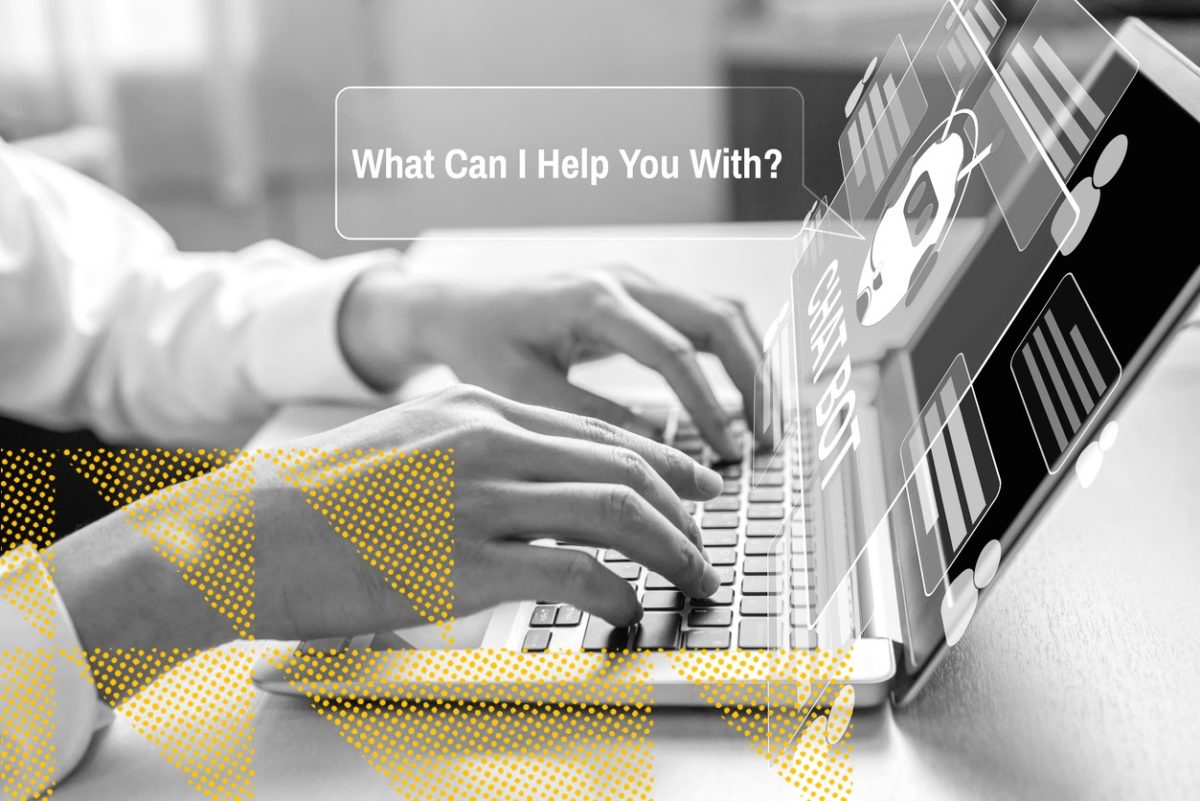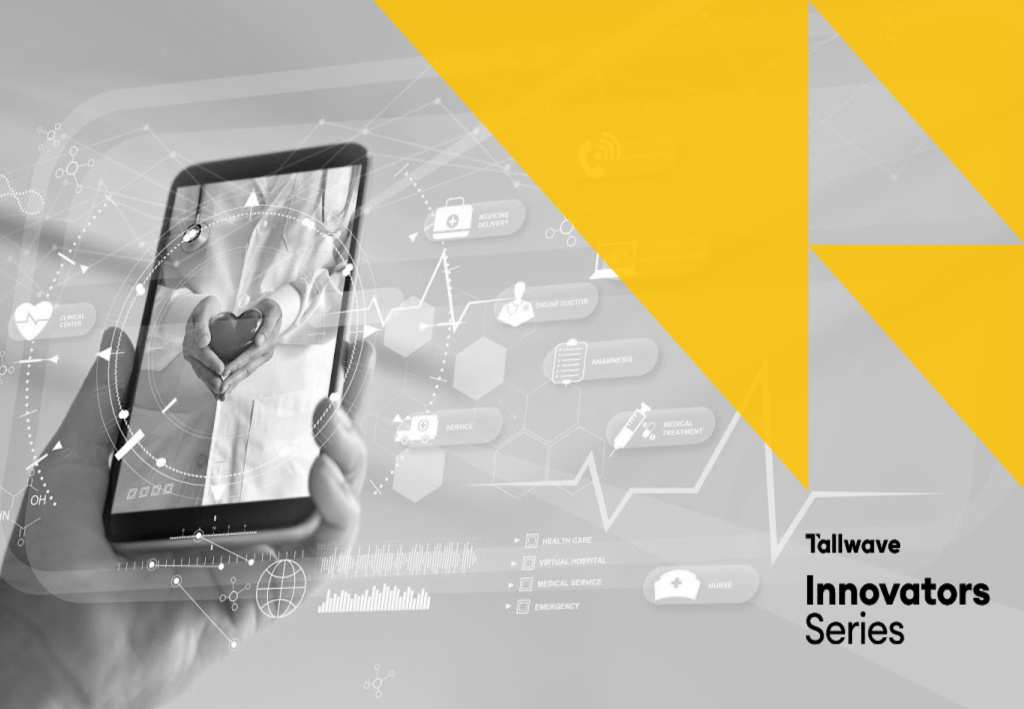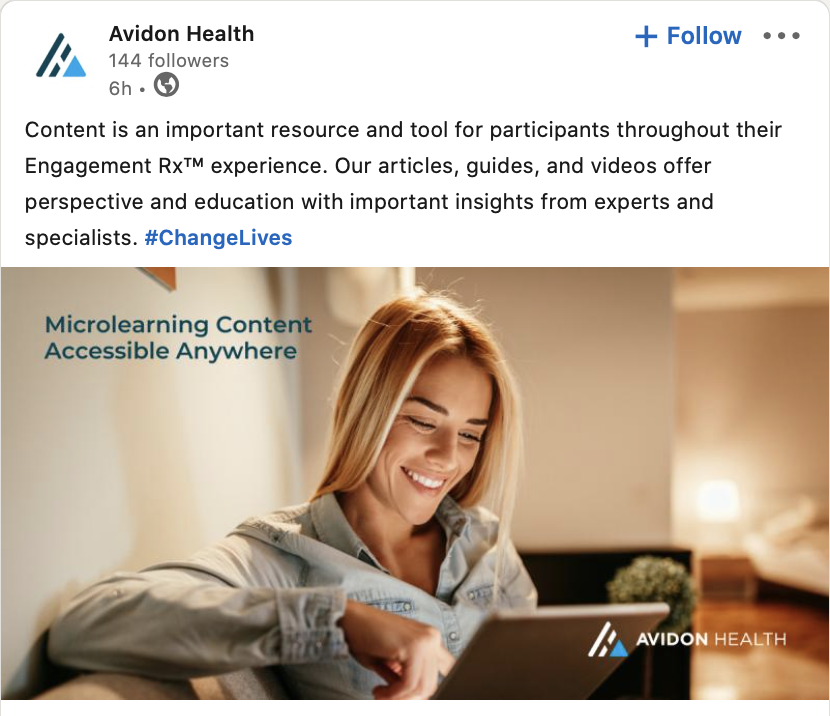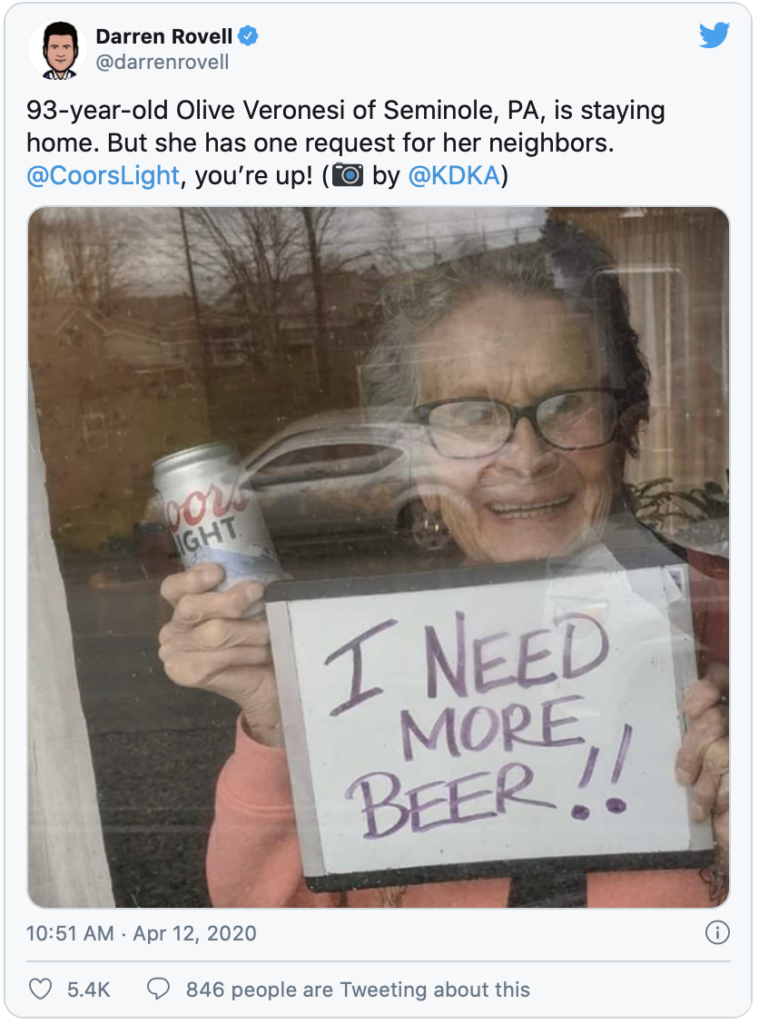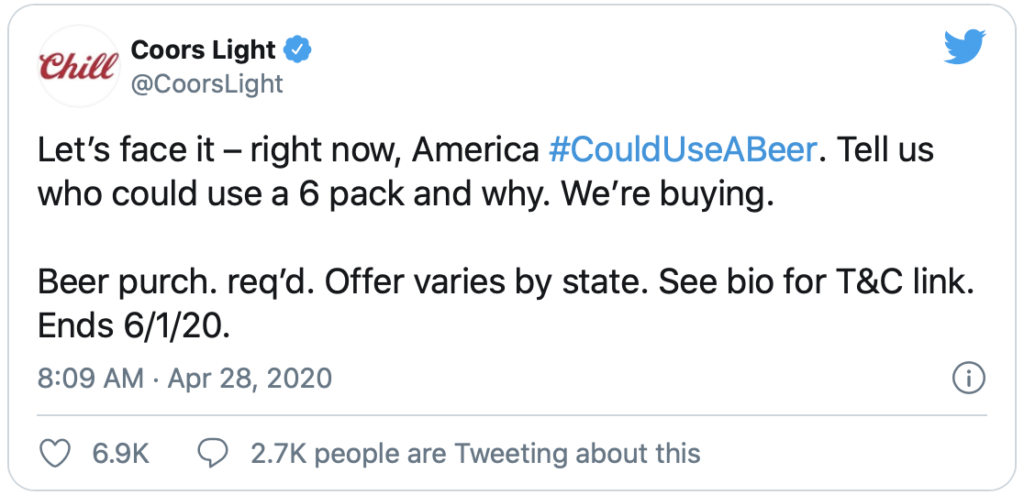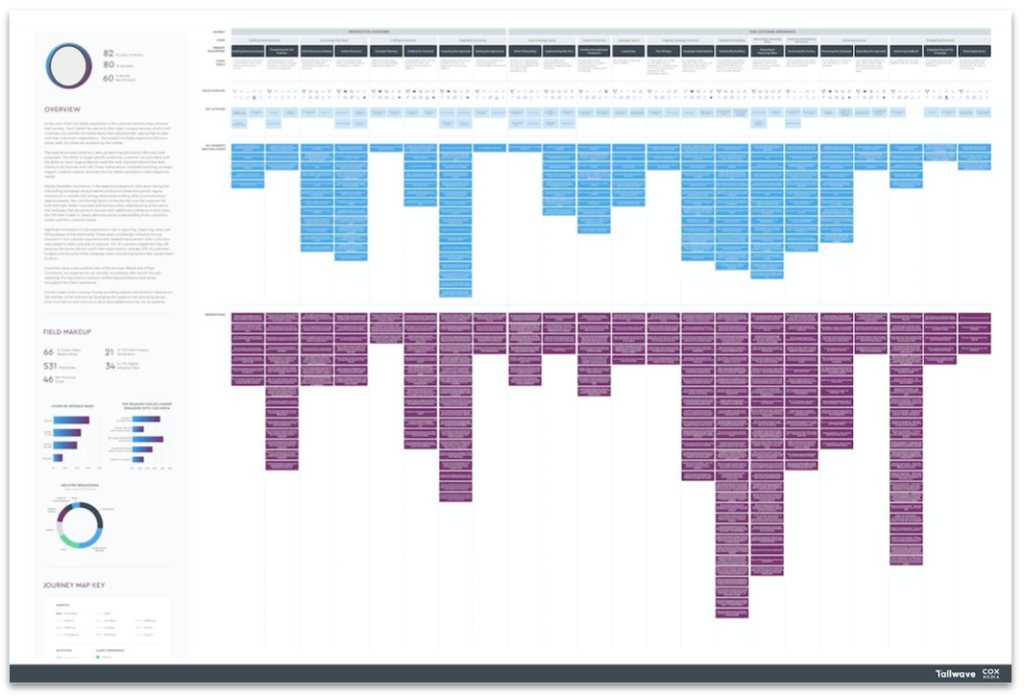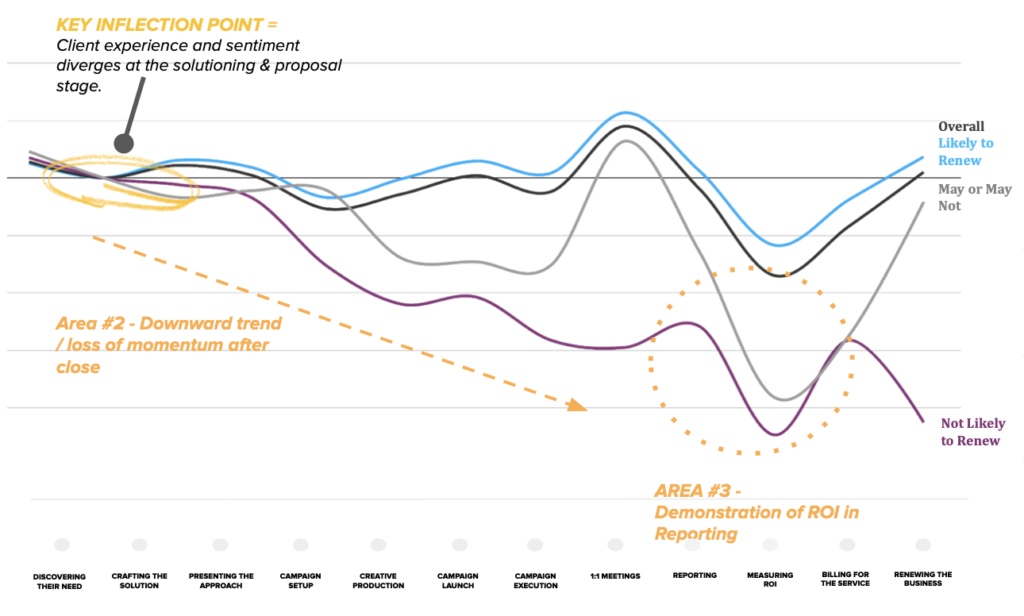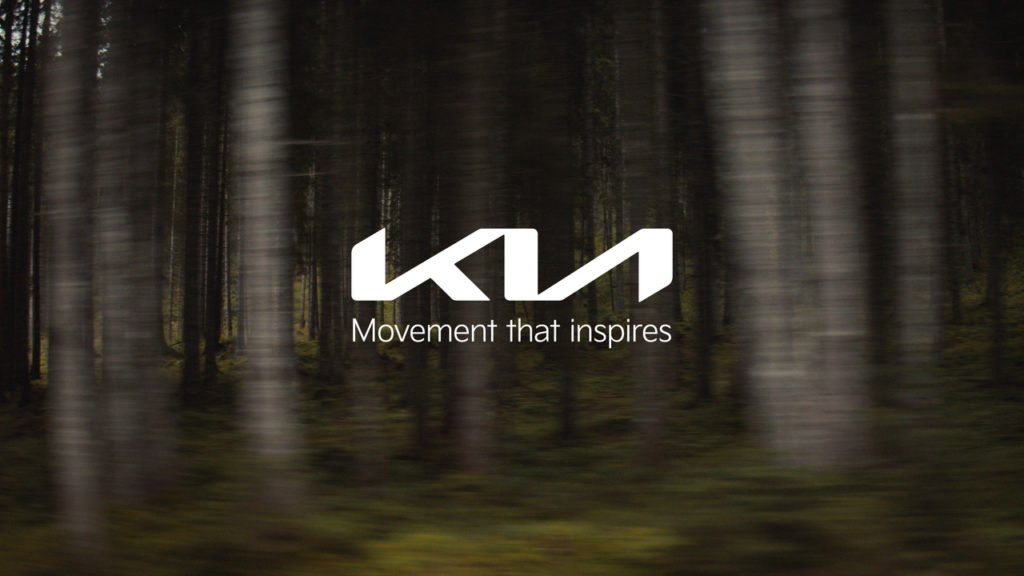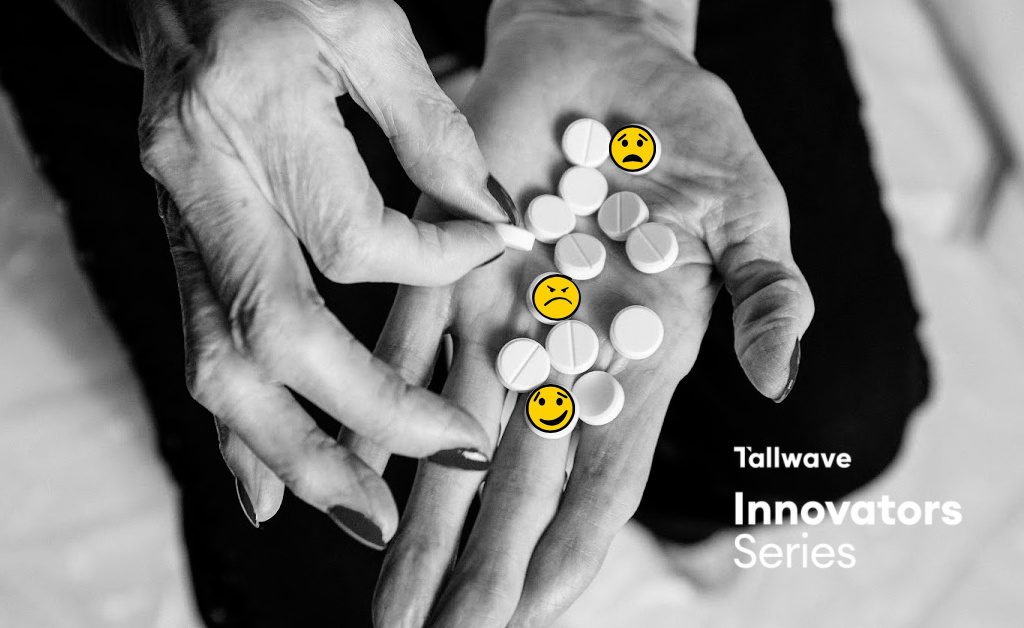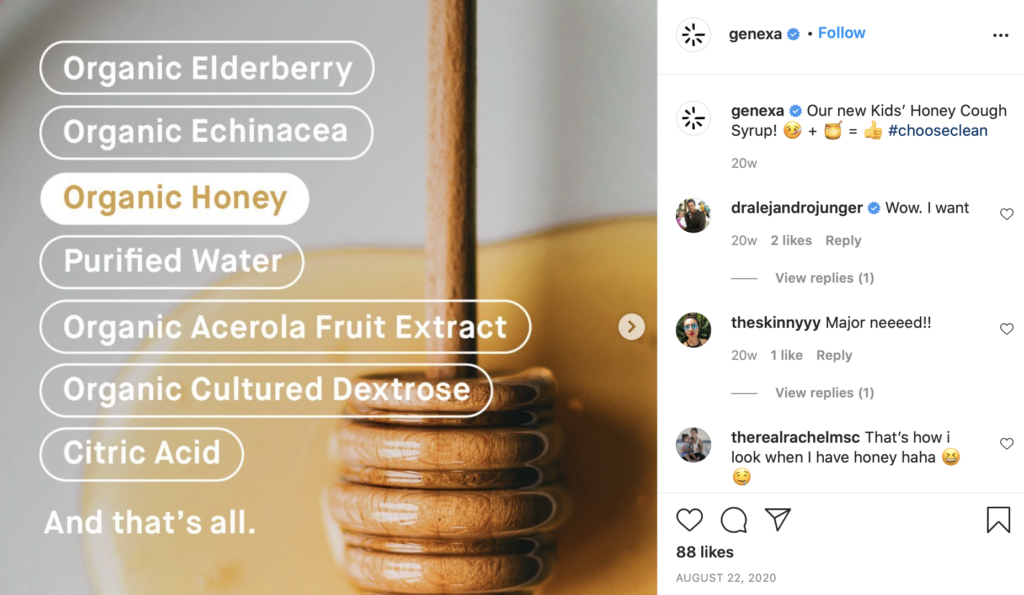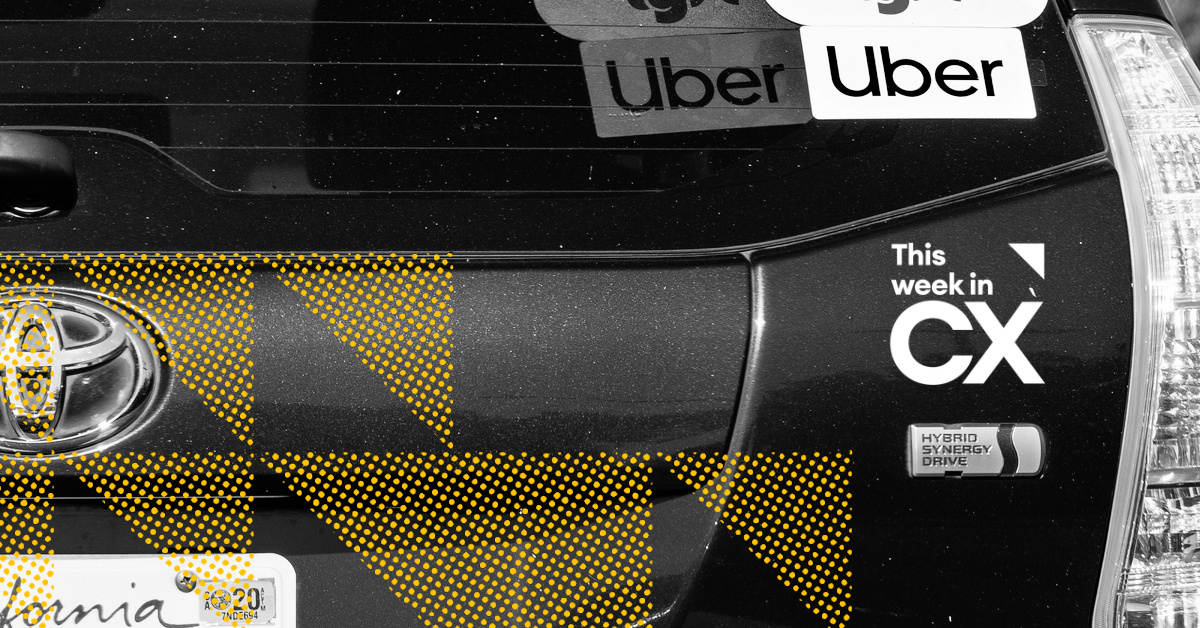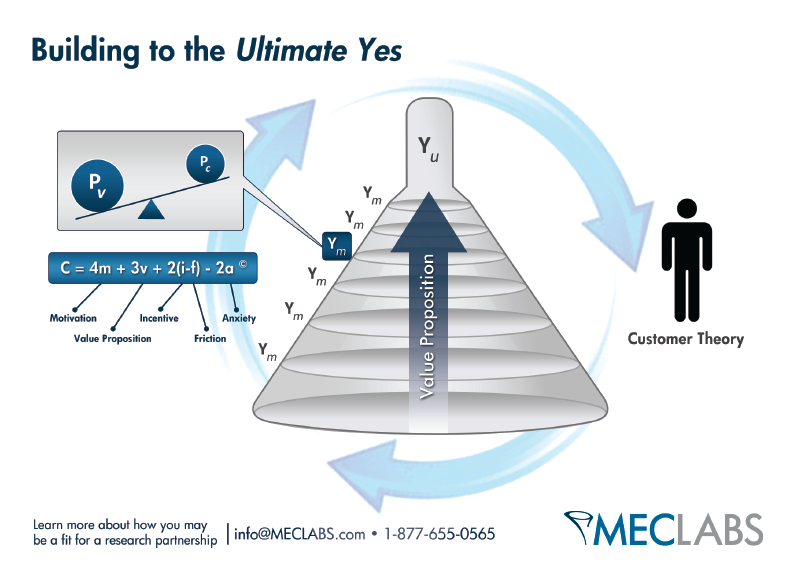The healthcare industry was always going to need to integrate and provide more personalized digital-first experiences for patients. The 2020 pandemic just sped up that demand.
Patient experiences in healthcare – and how to improve them – is something we talk about a lot. Whether with prospects, our current healthcare clients or internal teammates, we’re always hypothesizing, testing, and implementing new data-driven strategies designed to solve the acquisition, engagement, and retention challenges that many organizations are facing. These solutions always have one theme in common: They’re developed with humans at the core and with heart.
This week, a number of companies dedicated to developing technologies and holistic strategies that streamline healthcare experiences and improve patient engagement made announcements that will help organizations get one step closer to delivering truly personalized CX. No matter your CX speciality, these stories serve to showcase the ways in which companies are getting creative with innovative technologies and may provide some much-needed inspiration into CX takeaways for businesses small and large.
Here are the biggest business, tech and data developments that occurred this past week and will most certainly impact how we design and deliver the customer experiences of tomorrow.
HIPPA Just Gave a New Telehealth Video Feedback & Engagement Platform the Green Light
Twenty-first century technology is so cool. A new “video feedback and engagement platform” designed for healthcare providers and pharmaceutical companies fits that bill. Medallia, Inc., a SaaS company that develops technologies for customer experience management, is getting ready to change how healthcare needs are heard and understood with their newest product, Medallia LivingLens.
It all comes down to making patients feel seen, heard, understood, and authentically cared for.
The video solution – which achieved HIPPA compliance this past week – gathers real-time customer and employee sentiment (feelings, perceptions or attitudes that arise during experiences) during telehealth sessions. Using proprietary AI technology, the solution “captures six times more information with video feedback than tradition, open-ended text based solutions, including nonverbal communication, such as body language.” This results in action-based insights that enable practitioners to predict and overcome barriers associated with providing optimal care and exceptional telehealth experiences.
One company currently using the solution, Just Worldwide, says the Medallia LivingLens allows them to analyze patient “video diaries,” understand how patients feel, and uncover what they wish their caregivers knew. “We use it to get the emotional impact of a patient,” explained Sally Udayakumar, Research Manager at Just Worldwide.
This is going to open up a whole new world of care that practitioners are able to provide to patients – including preventative care.
“Organizations and practitioners can only truly be lifelong partners if they are emphasizing and providing preventive care to patients,” says Tallwave Product Designer Chelsey Gloetzner. “Those who are proactively providing preventative and whole-person care will naturally improve patient engagement in-between sick visits.”
Also read: Innovators Q&A: How Avidon Is Solving the Patient Engagement Problem In Healthcare
It all comes down to making patients feel seen, heard, understood, and authentically cared for. Previously, practitioners could only know what patients verbally told them or they could physically observe. Now, Medallia LivingLens allows them to dig so much deeper, and provide a level of care that they’ve never been able to before. And it will only contribute to increased satisfaction and loyalty.
“Patients that know and believe you have their best interest in mind will more willingly partner and trust healthcare providers long term,” says Chelsey.
But will this technology – and telehealth appointments – still persist as the pandemic chapter comes to a close? You can count on it.
“Many patients who have become comfortable with telehealth will still prefer this type of appointment in a post-COVID world,” predicts Chelsey. “More doctors are experiencing the benefits of taking these types of appointments as well. In the future, it is feasible that telehealth will not lose its demand.”
That doesn’t mean all telehealth challenges are resolved. In fact, there’s one outstanding problem that we’re currently helping clients solve for: The need for increased education to help onboard older generations.
“It is a unique challenge because those who would greatly benefit from telehealth appointments due to age, physical limitation or challenges finding transportation to appointments, tend to have the most difficult time utilizing the technology,” Chelsey says. “Without the proper introduction and training for this technology, a large demographic of potential users will not be able to benefit from telehealth appointments. Putting walkthroughs or training within the technology itself will not meet the needs of those who must learn how to utilize this type of technology and the devices they would use it on.”
So, once you know how to connect with your practitioners via the internet, you can bet that computer or mobile phone lens is allowing them to peer right into your soul.
Microsoft’s Healthcare Bot Migrates to the Azure Platform
If you haven’t noticed, you’re surrounded by robots.
Internet bots, that is (think chatbots, Alex, Siri – you get it). And if healthcare organizations weren’t using them before, you can bet they’ll be embedding them into their customer experiences soon.
Microsoft announced their plans to migrate their Healthcare Bot to the Azure platform, enabling healthcare developers to customize bots for both clinical and/or operational uses and build new conversational tools. Additionally, organizations will be able to use the new Azure Health Bot as virtual health assistants, ensure compliance requirements related to privacy and security mechanisms, and merge electronic medical records into touchpoints to drive more personalized, holistic experiences.
“It’s really great to see healthcare companies leveraging and investing in technology to remove barriers and friction from the customer experience,” says our Senior Product Designer Alyssa Hayes. “Healthcare on its own can be notoriously complicated and stressful. Even the routine stuff, especially when you toss in some unexpected illnesses or accidents, can be a burden to navigate. Using technology to naturally provide personalized care – while delivering an experience that’s more approachable and predictable – will help put patients at ease and enable them to understand what they need to do to achieve better health. It gives them one less thing to worry about.”
That’s something everyone could use a little more of, these days.
Also read: Real People Tell Us What They Want From Healthcare In 2021
"This type of bot technology is providing great opportunities for healthcare practitioners and organizations to build trust and provide care that is truly valuable."
“There’s nothing more personal than your own health,” says Alyssa. “This type of bot technology is providing great opportunities for healthcare practitioners and organizations to build trust and provide care that is truly valuable.”
Our Chief Operations Office Ed Borromeo is also on the bot train. “It’s great to see this technology advance,” he says. “It provides so many opportunities to improve experiences within the healthcare space, overall – for both patient and healthcare workers.”
And the benefits aren’t exclusive to the healthcare industry. “We see increasing use of this class of innovation in a lot of other verticals: Banking, travel, even HR. Bots have a lot of utility and, frankly, they’re super cool. Beyond efficiencies, those who can seamlessly transition a bot user experience to, say, a human-to-human user experience with no clunkiness will be winners in the CX space.”
Note for all businesses out there: If your customers already explain their problems to bots, don’t make them repeat it when connected to human representatives. Make the changeover from robot to representative as smooth as a cut from a scalpel.
Walgreens Taps Microsoft & Adobe to Drive New Personalized Experiences For Shoppers
Walgreens is doing big things.
On the heels of an 18 month partnership with Microsoft, in which the two companies worked together to modernize technology and move their health-related operations to the cloud, Walgreens announced a second phase this past week – one that brings Adobe into the powerful fold to help craft next-level experiences and improve engagement with the store’s customers, both in-store and online.
By partnering Walgreen’s global customer data with Microsoft’s cloud-based data platforms and Adobe’s Customer Experience Management solutions, the trio will design holistic CX strategies that connect pharmacy, immunization, and retail interactions.
"Having a personalized experience like this can help customers feel like their time and business matters.”
One example of this is what they’re calling “individually tailored” prescription experiences: Today, customers are contacted numerous ways – by text message, email, phone call – when prescription refills are ready. In the near future, instead of being bombarded through multiple channels, none of which drive a valuable experience, they’ll receive an email that not only reminds them about the refill, but provides a “landing page” filled with information that encomapsses dosage, prices and other educational resources.
And since so much of a great customer experience is saving customers time, shoppers will also receive alerts that refills are available when inside Walgreen stores, so they don’t have to make a second trip later.
“Customers want to have your undivided attention,” says Alejandra Guillen, a Tallwave Content Specialist. “They want to feel like they matter and like businesses actually care about them. Having a personalized experience like this can help customers feel like their time and business matters.”
And Walgreens’ goal to connect their in-store and online experiences are key to sustaining customer affinity and loyalty.
“Before, in-store purchases were the gold standard,” explains Alejandra. “Now, especially with the pandemic, online shopping is becoming crucial. While people will always make in-store purchases, online shopping will continue to thrive even after the pandemic for convenience.”
One brand doing this well? According to Alejandra, Target.
“The Target app remembers your in-store purchases and combines them with your in-app purchases to deliver personalized deals and reminders to buy goods you have purchased in the past. This method is great for both an excellent customer experience and boosting a company’s profits.”
And last, but certainly not least, Walgreens’ new strategy to educate shoppers when reminding them about prescriptions will increase the bond and attachments customers have with them.
“Customers want to know what they’re buying and what they’re putting in their bodies. When it comes to prescriptions, no one is reading the long pamphlets that come with medications,” says Alejandra. “Formatting this crucial information into easy-to-understand landing page content will help customers build and establish longtime trust with Walgreens.”
Anyone else switching their regular pharmacy to Walgreens?

